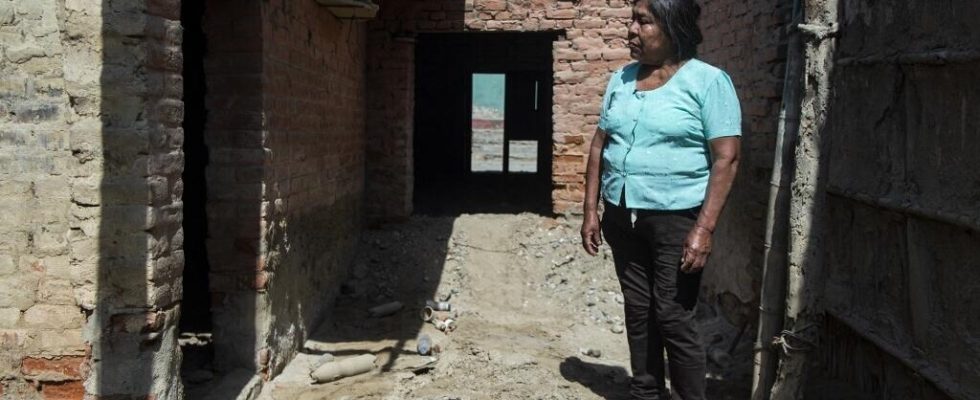The terrible child of the Pacific is back. El Niño is a climatic episode that occurs every 2 to 7 years. It is characterized by a rise in water temperature at the surface of part of the Pacific Ocean. Consequences: the global temperature of the planet is increasing, which increases droughts and floods in certain regions of the world, but also health risks.
3 mins
Even if El Nino is known to favor these extreme events, it should not be confused with global warming. The effects of El Niño are droughts in Australia or Indonesia or even torrential rains in Peru.
Unlike global warming caused by human activities, El Niño is a natural event that has been observed for thousands of years in the Pacific. El Niño started in early July and will last a maximum of 18 months. As every time the phenomenon occurs, its effects will only be felt from the following year.
” It is very unlikely that the El Niño event is today the explanation for the start and spread of the fires that we have seen in Hawaii and Canada, which are more attributable to high temperatures, the state of drought of soils and vegetation, and winds that have been, as in Hawaii, particularly strong for several days », explains Françoise Vimeux, climatologist at the Research Institute for Development (IRD).
Read alsoThe return of the El Niño climate phenomenon
In the Pacific, if El Niño is superimposed on global warming, the consequences, particularly on biodiversity, may be aggravated. ” If we have territories in which there are coral reefs that are already in poor health, due to global warming and the warming of the waters over the long term, a point temperature that is too high could, for example, lead to the death of these reefs. corals. And then it would be the end of the corals in these territories “, continues Françoise Vimeux, of the Research Institute for Development (IRD). If we cannot mitigate El Niño, the reductions in greenhouse gas emissions would contribute to reducing global warming.
Serious health consequences
But who says rising temperatures, says ideal conditions to promote certain diseases. Often carried by mosquitoes, dengue fever, cholera or even malaria are more likely to develop.
” The vectors that transmit them – ie mosquitoes – will find perfect conditions to reproduce. We are seeing cases of dengue fever, for example, in places where we did not see them beforedeciphers Dr. Maria Neira, Director of the Public Health and Environment Department at WHO. For example, in Kenya, in the mountains where the temperatures did not allow these transmissions, now there is an increase in cases of malaria. Overpopulated countries, countries with precarious health systems, countries where there are no sanitation conditions, such as the countries of Africa, are countries that will be very affected. Maria Neira also says she is very worried about cases of malnutrition linked to an inability to produce food.
In addition, high temperatures in the regions of the world concerned can also have consequences on air quality. ” People who already suffer from chronic respiratory diseases will suffer more and more. It’s not just an environmental issue or a question of a planet that we want to protect, no, it’s our lungs, it’s our health and it’s the quality of life that is at stake. “, also believes Maria Neira.
It is impossible at this time to predict the intensity or duration of the current El Niño. But according to the latest forecasts, it should reach its peak during the winter of 2023-2024.
